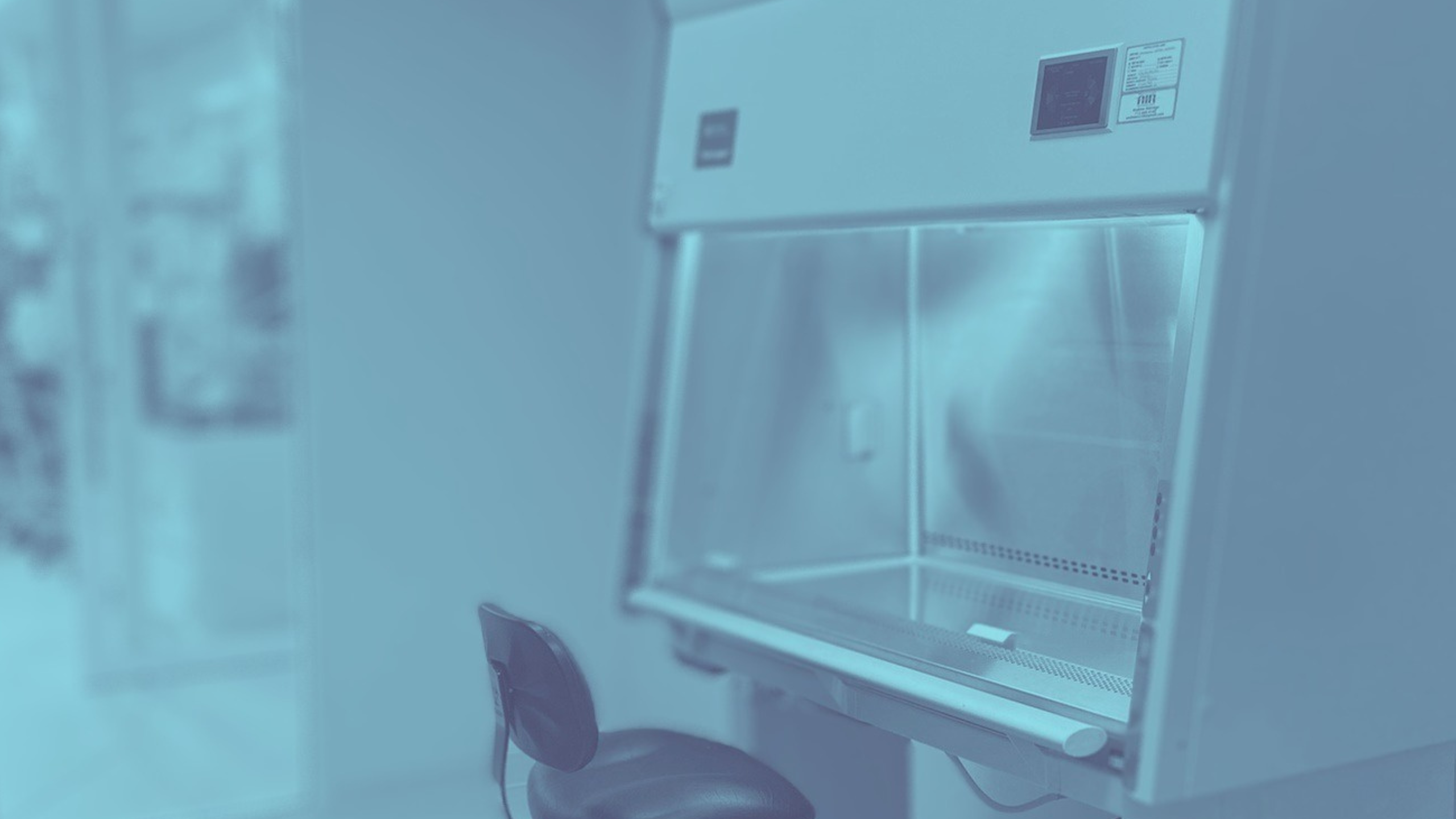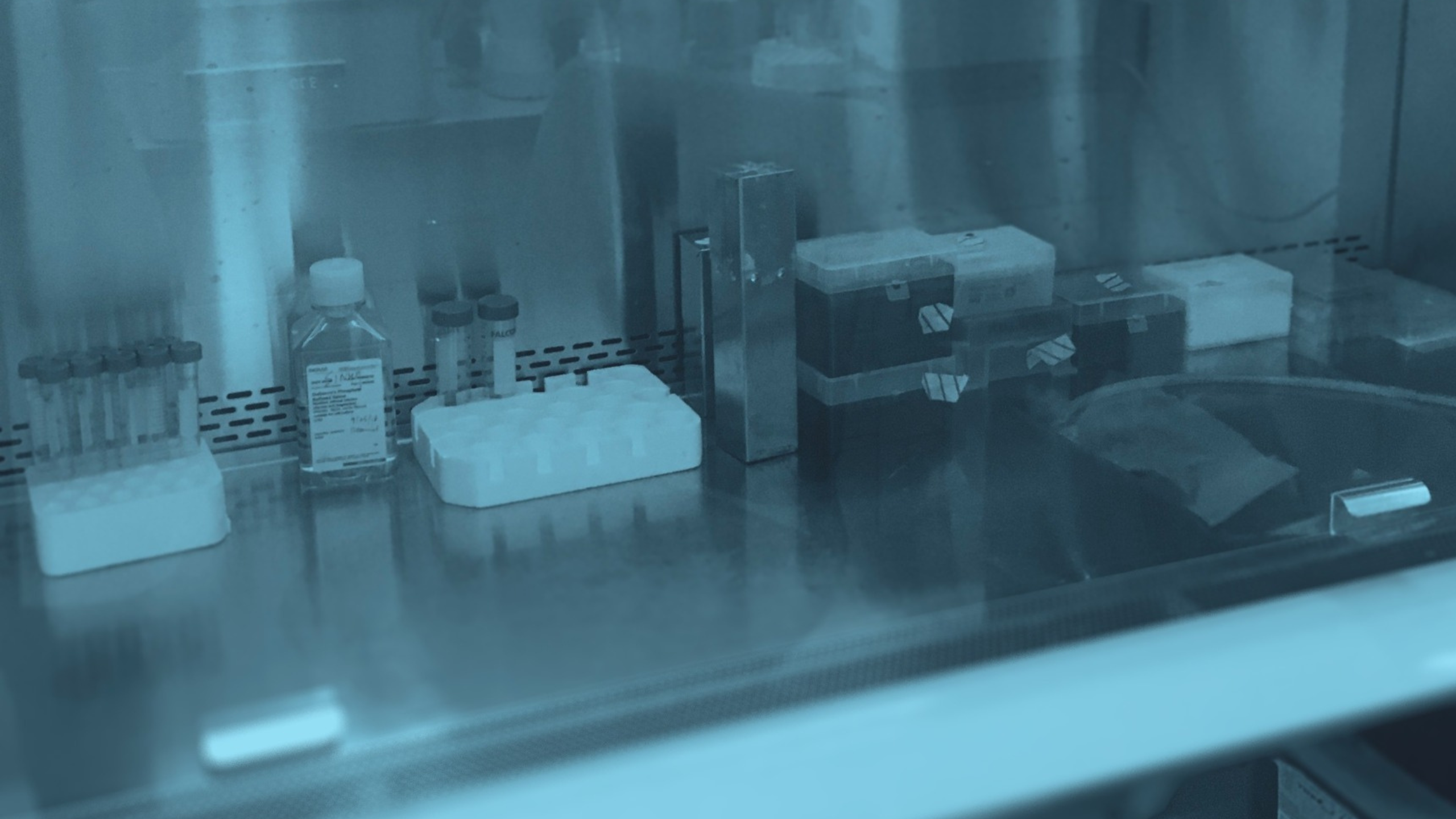At SNAP Biolabs, we provide customized Cell and Tissue Culture solutions and are looking forward to helping you to achieve your goals.
Cell Culture Services
Our scientists have the experience to grow and expand your cells and cell lines. Our capabilities include primary human, mammalian, insect, and tumor cell cultures as well as hybridomas.

SNAP Biolabs Cell Culture services are customized for your scientific research involving the growth and study of cells in vitro. These services support a wide range of research objectives, including drug discovery, cell-based assays, toxicity testing, and cell therapy development....
One important aspect of our cell culture services is the provision of high-quality materials, such as cell lines, culture media, and reagents. The quality of these materials can greatly affect the success and reproducibility of research experiments. Our cell culture services can be optimized for a range of different cell lines, including primary cells, immortalized cell lines, and stem cells, among others. SNAP Biolabs Services also include custom cell line generation services tailored to the specific needs of a research project. We also provide cell culture optimization services to ensure that cells are cultured under optimal conditions for growth and viability.

Other cell culture services include cell line characterization, such as karyotyping, identity verification, and purity testing. We may also provide cryopreservation services to allow for the long-term storage of cells for future experiments....
Overall, SNAP Biolabs cell culture services play a critical role in supporting a wide range of research objectives, and can greatly aid scientific investigations by providing essential quality materials and services. Researchers can benefit from consulting with cell culture service scientists to find out more about our custom cell culture services and how they can support their specific research needs.
Advanced Cell Line Engineering or Cell Line Generation Services
Our scientists can generate stable or transiently transfected cell lines or cells according to your specifications. We offer cost-effective, fast turnaround and high-quality Transient or Stable Cell Line Generation Services. Our cell culture scientists optimize all parameters specific to your cell lines to efficiently produce transient or stable cell lines according to your particular needs, e.g., protein expression, gene knockdown, or genome editing that meet your specific requirements. Protein expression can be confirmed by Western analysis, ELISA, immunohistochemistry and flow cytometry.

Overview of the stable cell line generation process that we offer.
Our process typically involves the following steps:
- Design of expression vector: First, we design the expression vector that will be used to introduce the gene of interest into the target cells. We use proprietary vectors that are optimized for high-level protein expression in mammalian cells. We use various types of expression vectors, such as plasmid, lentivirus, or retrovirus, depending on the specific requirements of our clients. Our team of experts can help you select the most appropriate vector for your research needs.
- Transfection of target cells: The expression vector is then introduced into the target cells (typically using a transfection reagent) to generate a population of transiently transfected cells. We transfect the expression vector into your cell line of interest using various transfection methods such as electroporation, lipofection, or calcium phosphate-mediated transfection. Our team optimizes the transfection conditions based on the specific characteristics of your cell line.
- Selection of stable clones: Antibiotics or other selection agents are added to the cell culture media to identify and isolate stable clones that have integrated the expression vector into their genome. We can also screen the selected cells to identify clones with the desired level of expression or knockdown efficiency. We use high-throughput screening methods such as FACS or ELISA to rapidly identify the best clones.
- Screening and validation of stable clones: The stable clones are screened and validated for protein expression using a variety of techniques, including western blotting, ELISA, and flow cytometry. We can also perform functional assays to confirm that the protein is biologically active.
- Expansion and banking of stable cell line: Once a stable clone has been identified and validated, we expand the cell line and bank it for future use.

To optimize the parameters specific to each cell line, we perform extensive optimization studies to identify the optimal transfection conditions, selection agents, and culture conditions. We also have a large library of validated cell lines and expression vectors that we can use as a starting point for each project.
As for the expression vectors we use, we have developed a proprietary vector system that is optimized for high-level expression in mammalian cells. Our vectors contain a strong promoter and enhancer sequence, as well as other elements that ensure stable expression over a long time period. We also have a range of other vectors available for specific applications, such as knockdown or genome editing.
